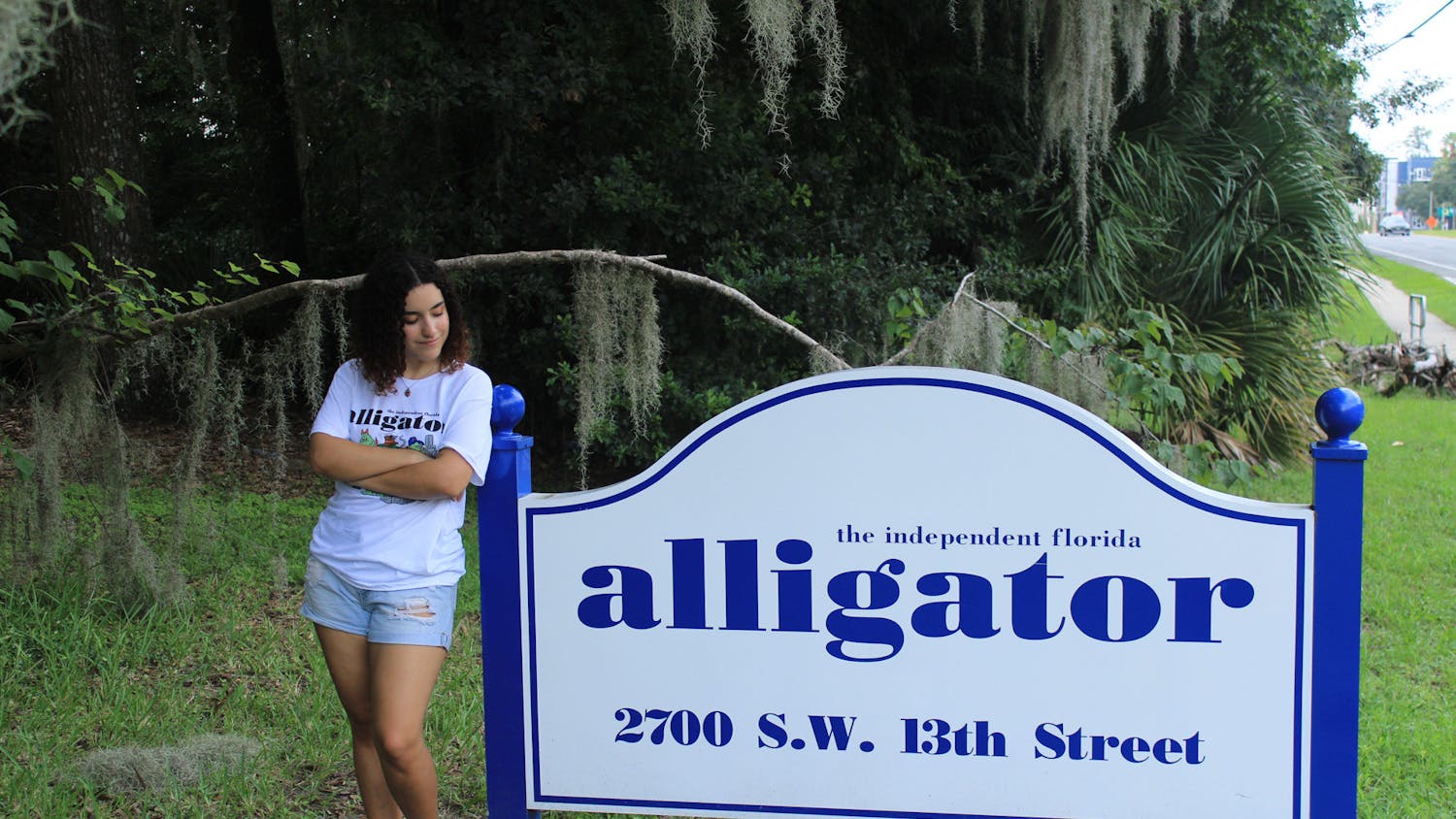Apple released its newest operating system, iOS 8.3, last Wednesday. Among plenty of updates, Siri is now capable of calling someone on speakerphone, and Braille Screen Input users can fill out forms on Web pages. The most obvious update, however, is Apple’s introduction of more than 300 inclusive emojis.
Emojis, for my dad and everyone else who hasn’t heard of them, are little digital images that can be sent with messages in order to add another facet to the blandness of communicating via text. Emojis help people express themselves in different ways than just text, and they come in a wide range of selections including faces, foods and flags.
Previously, however, there was little diversity among emojis. There was simply a collection of Crayola-yellow faces, a group of human-like emojis with pale skin color, an Asian man and a darker skinned man wearing a turban. Now, Apple has introduced the ability to select from a palette of skin tones for many of the emojis.
Apple has also added same-sex family emojis, complimenting the same-sex couple emojis they introduced in 2012. Not everyone has welcomed the new diverse array of emojis, though.
In a column published by the Washington Post, writer Paige Tutt criticized Apple’s new emojis for exacerbating “racial segregation.” She argues Apple’s update is “political correctness gone wild.” As for promoting racial segregation, Tutt is looking at celebrating individuality from a pessimistic, outdated viewpoint. Identifying as a certain race or sexuality does indeed separate people, but it does it in a necessary way that celebrates the diversity among us.
If we don’t celebrate our intricacies, we homogenize everyone as the same, and we lose the beauty of humanity. We each have our own identities and being able to represent them, even if it’s through an emoji, is empowering.
It allows us to align our emotions and messages with who we are, and it alleviates intrapersonal conflict. If we cling to emojis that avoid human identities, we impede the formation of a multicultural society.
Tutts and a lot of Apple users argue the multicultural emojis interject race into conversations where it doesn’t belong. I would agree if we were discussing Starbucks’ campaign to write “Race Together” on people’s coffee cups last month, but we’re not. We’re discussing digital images made to represent people, and people have races that can’t be ignored. There are disparities in education, health and nearly every aspect of life when it comes to people with marginalized identities. These people are impacted on a daily basis because of their identities; so while a specific emoji may seem insignificant to you, it might mean a lot to someone else who would like to identify through an emoji. Diverse emojis give people that opportunity. They also acknowledge the worth of these people and their identities, and they put diversity at the forefront for productive conversation.
In her column, Tutt mentions these emojis allow for more racist comments on social media. She’s right, but that new capability isn’t completely bad. Those comments will highlight the pervasiveness of racism and homophobia many people don’t realize still exist and they will ignite potentially progressive conversations that would have been otherwise suppressed. Nearly three in four millennials agree we should talk freely about bias and think engaging in open conversation about the topic can help alleviate prejudice. Emojis might trigger those conversations. They will help us feel closer to who we are, and we’ll be reminded there are other people who are different. With that constant visual reminder that the person we’re texting identifies a certain way, we’ll be able to keep in mind we’re all amalgamations of identities and emotions. Then, we’ll be more likely to promote active inclusivity by checking our language and behavior.
I know an emoji will never accurately represent an entire group of people. We are too diverse to precisely depict each of our individual intricacies through tiny digital images. Still, I’m glad Apple decided to introduce more emojis representing neglected communities. Acknowledging diversity is the first step to embracing it, and Apple just made a large, reverberating stride.
Christopher Wilde is a UF biochemistry freshman. His column appears on Wednesdays.
[A version of this story ran on page 6 on 4/15/2015]





